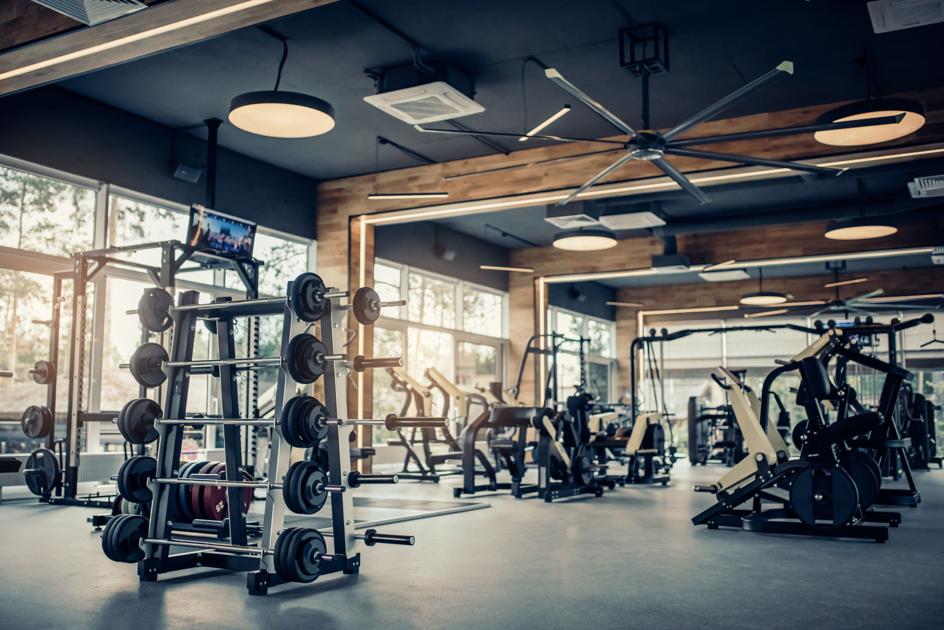April 22, 2022
3 min read

Source/Disclosures
Published by:

Lewey reports no relevant financial disclosures. Please see the study for all other authors’ relevant financial disclosures.
Postpartum women who participated in a text message intervention that included gamification walked an average of 647 more steps per day compared with similar women who received daily text message feedback without gamification, data show.

Jennifer Lewey
“Preeclampsia and other hypertensive disorders of pregnancy are important risk factors for developing chronic hypertension after delivery and heart disease later in life,” Jennifer Lewey, MD, MPH, assistant professor of medicine, co-director of the Pregnancy and Heart Disease Program and director of the Penn Women’s Cardiovascular Health Program at the Hospital of the University of Pennsylvania, told Healio. “The American Heart Association and American College of Obstetrics and Gynecology recommend these women receive counseling to adopt healthy lifestyle changes to improve their cardiovascular health; however, it is not clear how to counsel postpartum women to make these healthy changes, especially while they are taking care of a newborn. We found that a digital intervention using wearable activity trackers, gamification and social incentives helped to keep participants accountable to reaching their daily step goal. As a result, at the end of 12 weeks, women in the intervention walked more than women who just received the wearable activity trackers.”

Source: Adobe Stock
Step counting and motivation
For the STEP UP Mom study, Lewey and colleagues analyzed data from 127 postpartum women who delivered at the University of Pennsylvania and had a hypertensive disorder of pregnancy from October 2019 to June 2020 (mean, 7.9 weeks postpartum). The mean age of women was 32 years; 55.1{e4f787673fbda589a16c4acddca5ba6fa1cbf0bc0eb53f36e5f8309f6ee846cf} were Black and 41.9{e4f787673fbda589a16c4acddca5ba6fa1cbf0bc0eb53f36e5f8309f6ee846cf} had Medicaid insurance. Women received a wearable activity tracker, established a baseline step count and selected a step goal greater than baseline. Researchers then randomly assigned participants to virtual “teams” of three for 12 weeks, enrolled in a game with points and levels for daily step goal achievement or to a control arm in which women received daily feedback on goal attainment.
“Each team received 70 weekly points every Monday,” the researchers wrote. “Each day, one team member was selected at random. The team kept its points if the selected member achieved their step goal on the prior day and conversely lost 10 points if the member did not meet their step goal. In addition to loss aversion, each member is accountable to other team members to reach their daily step goal.”
The primary outcome was change in mean daily step count from baseline to 12 weeks; the secondary outcome was proportion of participant-days the step goal was achieved. The study was conducted using Way to Health, an online research platform at the University of Pennsylvania that synchronizes with remote monitoring devices and automates the delivery of behavioral interventions using text messaging and email.
The findings were published in JAMA Cardiology.
For the intervention and control arms, mean baseline step count was similar at 6,175 and 6,042 daily steps, respectively.
After adjustment for baseline steps and calendar month, the intervention arm had more of an increase in mean daily steps from baseline compared with the control arm (647 steps; 95{e4f787673fbda589a16c4acddca5ba6fa1cbf0bc0eb53f36e5f8309f6ee846cf} CI, 169-1,124; P = .009). Participants in the intervention arm achieved their steps goals on a greater proportion of participant-days than those in the control arm (0.47 vs. 0.38; adjusted difference, 0.11; 95{e4f787673fbda589a16c4acddca5ba6fa1cbf0bc0eb53f36e5f8309f6ee846cf} CI, 0.04-0.19; P = .003).
Need to increase engagement
“We know that physical activity is an important part of cardiovascular health,” Lewey told Healio. “If we can help participants stay more active over a longer period of time, this could help lead to reduction in blood pressure and, over the long term, lower risk for CVD. It is also important to note that all of these participants are moms with a new baby and, in many cases, other children at home. If we can get moms to be more active, this may have downstream benefits to other family members.”
By the end of follow-up, 37.5{e4f787673fbda589a16c4acddca5ba6fa1cbf0bc0eb53f36e5f8309f6ee846cf} of control participants and 31.7{e4f787673fbda589a16c4acddca5ba6fa1cbf0bc0eb53f36e5f8309f6ee846cf} of intervention participants stopped syncing step count data for more than 6 days. Participants in the control arm were more likely to stop syncing data earlier in the study compared with the intervention arm, according to the researchers.
Lewey said more research is needed to understand what behavioral strategies are needed to maintain engagement, especially as demands at home and at work change over the first postpartum year.
“We need to understand whether an increase in physical activity levels impact the risk for developing hypertension in the months to years after delivery,” Lewey told Healio. “Postpartum depression was common in our study, and we found that many participants requested more contact with others in the study. Finding ways to facilitate social support in the postpartum period has potential benefit for physical activity, but also mental health.”
For more information:
Jennifer Lewey, MD, MPH, can be reached at [email protected].






